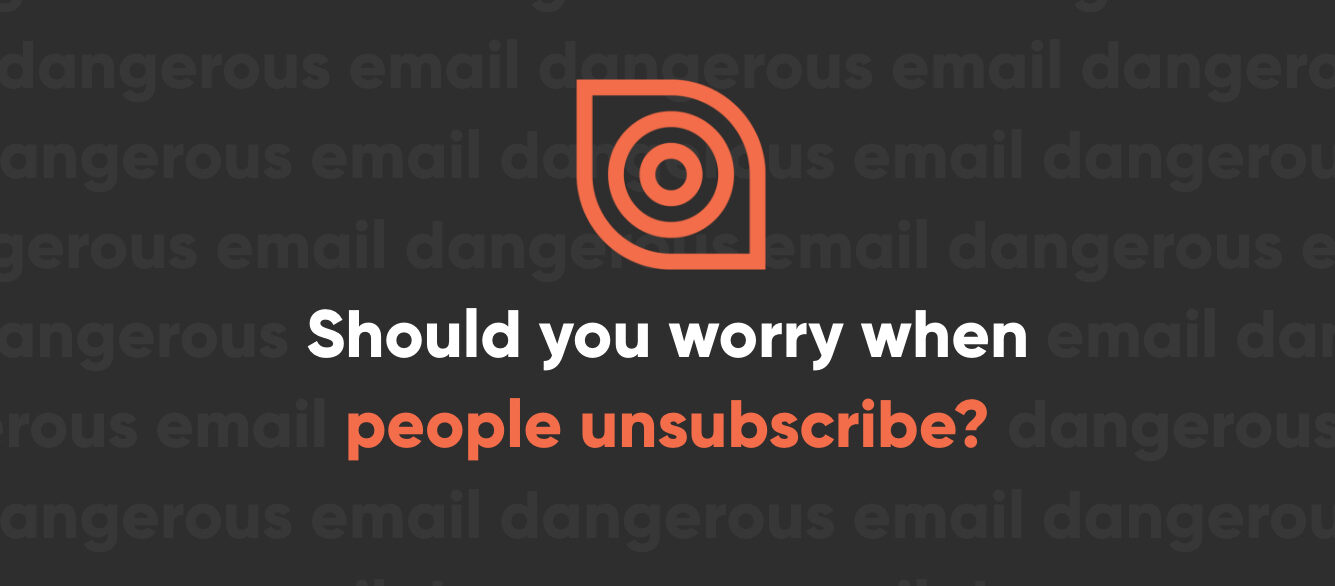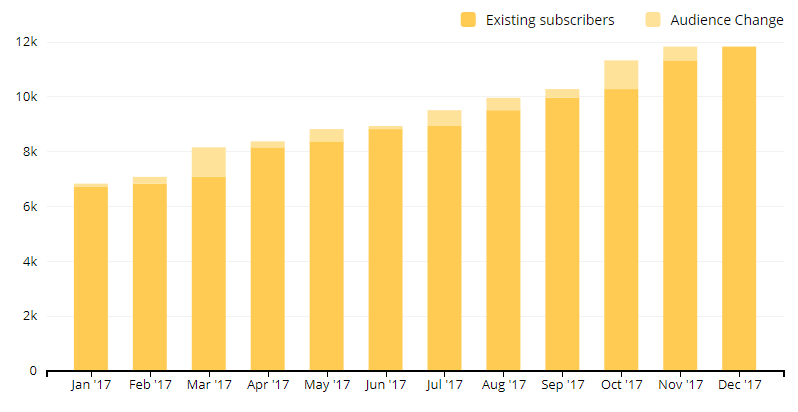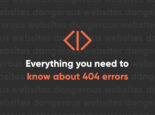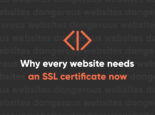
Should You Worry When People Unsubscribe from Your Email List?

You’ve worked hard to build up your email list. You produced great content. You created enticing offers. You built an engaging signup form. Then you sent out an awesome email featuring your best stuff and, lo and behold, people had the audacity to unsubscribe from your list.
Get used to it. As long as you send out email, people are going to unsubscribe. The only way to get your unsubscribe rate down to zero is to not have an email list in the first place.
Unsubscribes Are Part of Having an Email List
If you want to have an email list (and you should if you want to maximize your conversions and customer retention), you need to develop thick skin and not take every unsubscribe as a personal attack on your brand. Most of the time, it isn’t you. Everyone’s inbox is inundated with emails, many of which they don’t want. They usually unsubscribe to get rid of emails, not specifically to get rid of your emails.
Here’s the good news: unsubscribes aren’t necessarily a bad thing. There are actually some great things about them:
- Unsubscribes save you money. The bigger your list, the more you pay for your email plan. When people unsubscribe, your list gets smaller and you pay less.
- Unsubscribes weed out bad subscribers. Oftentimes, the people who unsubscribe aren’t that interested in what you have to say. They aren’t really your potential customers. They weren’t going to buy your stuff. They were just fairweather fans or tire kickers. Losing them isn’t costing you any money. It’s saving your money. It’s also improving your data.
When to Start Worrying About Unsubscribes
Of course, this doesn’t mean you should ignore unsubscribes. There are times when unsubscribes are a bad thing. Here are situations you need to watch closely if you want to maintain an effective list:
Your list stops growing.
Here’s a general rule: as long as your list is getting bigger each month, it doesn’t matter how many people are unsubscribing. But if you get to the point where more people are unsubscribing than signing up each month, then it’s time to rethink how you’re doing things. Either you need to send better email or find a better way to grow your list. Or both. Your email list growth should look like this:

Engaged users start unsubscribing.
The vast majority of unsubscribes come from people who signed up to see what your list was all about or to get that free incentive you offered. Once they get a little taste of your email, they jump ship. No big deal. No loss. But when your previously engaged users start unsubscribing, then you have an issue. This is particularly true for ecommerce sites that expect a lot of recurring orders. You need to track past purchasers who unsubscribe closely. If the number starts growing, you need to figure out why your purchasers are unsubscribing.
Your unsubscribe rate suddenly goes way up.
Everything’s going along smoothly. Your emails are generating steady revenue along with a dozen or so unsubscribes on average. No big deal. You can afford to lose that many each time. Then something bizarre happens. The unsubscribe rate takes a sharp jump. Suddenly you’re getting two or three times as many unsubscribers with each email. This is a sign that you need to reevaluate your campaigns. Maybe you’re sending too frequently. Or maybe you need to do a better job segmenting. But there are also some scenarios where it has nothing to do with you. For example, January is a huge month for unsubscribes. It’s the time of year when people are trying to get organized. One way they do it: cut down on email. Don’t be too alarmed by a January spike in unsubscribes. But if it sustains through February and March, then you have some issues.
People start giving specific reasons for unsubscribing.
Most users don’t tell you why they’re unsubscribing. They might choose an option like “No longer interested” from a dropdown list, but they don’t go into great detail about their decision. When they do, you need to pay attention to what they’re saying. If a bunch of people unsubscribe and leave the reason “too many emails,” then maybe you should cut back on how often you send. If people comment about how your emails are confusing or unhelpful, then maybe you should adjust your design or content. Be careful not to put too much stock in what one unsubscriber says. Look for the trends rather than isolated examples.
Your Email List Is Essential
Having a high-performing email list is key to running a successful ecommerce business. It’s also essential for many lead gen operations. If email is an important part of your marketing plan, then make sure you’re doing it wisely. To do it wisely, you need a big list, and you need to be able to reach the people on that list. Unsubscribes aren’t the end of the world, but they can affect performance and teach give you lessons for how to improve your email campaigns.
How do you send well-timed email that’s so engaging that people don’t subscribe? That’s a topic we’ll be exploring here soon.

Nate Tower
Nate Tower is the President of Perrill and has over 12 years of marketing and sales experience. During his career in digital marketing, Nate has demonstrated exceptional skills in strategic planning, creative ideation and execution. Nate's academic background includes a B.A. with a double major in English Language and Literature, Secondary Education, and a minor in Creative Writing from Washington University. He further expanded his expertise by completing the MBA Essentials program at Carlson Executive Education, University of Minnesota.
Nate holds multiple certifications from HubSpot and Google including Sales Hub Enterprise Implementation, Google Analytics for Power Users and Google Analytics 4. His unique blend of creative and analytical skills positions him as a leader in both the marketing and creative worlds. This, coupled with his passion for learning and educating, lends him the ability to make the complex accessible and the perplexing clear.



